Putting my Christmas list together. I have an experimental O-200. Is there a good-value compression tester equivalent to the ATS 2EM? Not looking to cheap out, but also don’t want to overlook decent alternatives. Thanks for any suggestions!
You are using an out of date browser. It may not display this or other websites correctly.
You should upgrade or use an alternative browser.
You should upgrade or use an alternative browser.
Which compression tester?
- Thread starter Corton750
- Start date
I call them leakdown testers.Putting my Christmas list together. I have an experimental O-200. Is there a good-value compression tester equivalent to the ATS 2EM? Not looking to cheap out, but also don’t want to overlook decent alternatives. Thanks for any suggestions!
For that small of a engine you do not need or can use one with master orifice, IMO.
There are plenty of them made for automotive use that will do the job for your small engine and my 0-320.
I have several including a nice ATS with master orifice which is unneseccary for my 320.
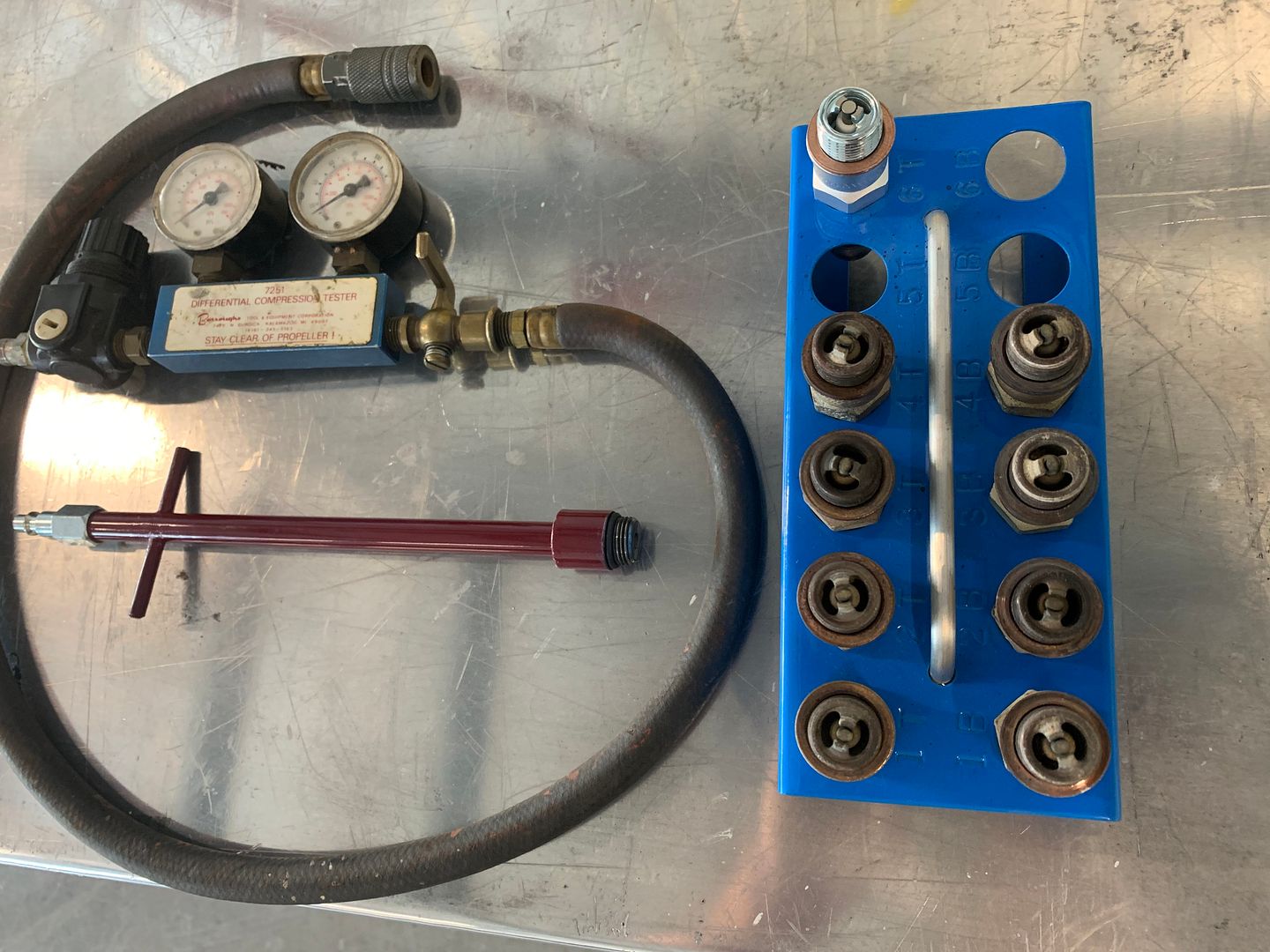
This one was from my auto service days, it reads the same as the one above and the ATS with the bypass orfice closed.
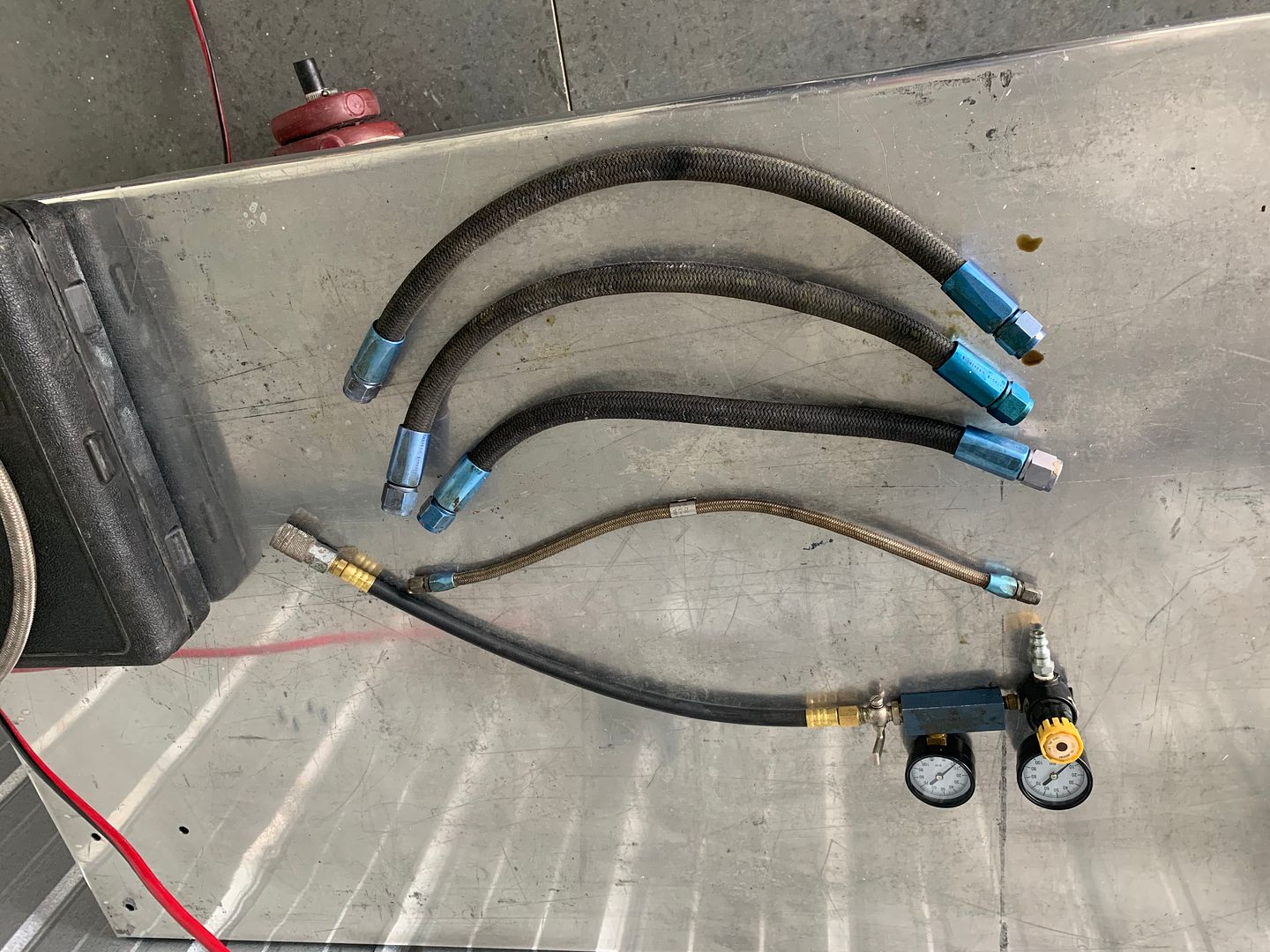
Last edited:
Dan Thomas
Touchdown! Greaser!
- Joined
- Jun 16, 2008
- Messages
- 10,765
- Display Name
Display name:
Dan Thomas
They are called differential compression testers. The leakdown test is something else. Air is introduced to the cylinder, then shut off, and the time it takes to leak down to ambient or some other defined pressure is measured. Doesn't work too well for the small, leaking aircraft engine cylinders. Fine for locomotives...
I built my own. It has a squeeze-lever arrangement that controls the pressure, and a quick-release valve. I run the pressure up to 80 and read the result on the lower gauge. There is an orifice between the two, a hole .040" in diameter, .250" long, and with 60°approach angles at each end. Not incidentally, this is the same definition of the master orifice.
The quick-release, dumps the pressure instantly if the prop starts to get away on you. That's the reason for the squeeze-lever affair; it's a dead-man safety. Let go of it and the pressure is gone.
I couldn't make a living making and selling them. Much too complex and way too much machining compared to the typical ATS-type tester, which has an aluminum block with the orifice in it, and off-the-shelf regulator (extra-cheap type, with little accuracy at holding a pressure), and a couple of brass fittings and two cheapish gauges.
I built my own. It has a squeeze-lever arrangement that controls the pressure, and a quick-release valve. I run the pressure up to 80 and read the result on the lower gauge. There is an orifice between the two, a hole .040" in diameter, .250" long, and with 60°approach angles at each end. Not incidentally, this is the same definition of the master orifice.
The quick-release, dumps the pressure instantly if the prop starts to get away on you. That's the reason for the squeeze-lever affair; it's a dead-man safety. Let go of it and the pressure is gone.
I couldn't make a living making and selling them. Much too complex and way too much machining compared to the typical ATS-type tester, which has an aluminum block with the orifice in it, and off-the-shelf regulator (extra-cheap type, with little accuracy at holding a pressure), and a couple of brass fittings and two cheapish gauges.
Daleandee
Final Approach
- Joined
- Mar 4, 2020
- Messages
- 6,317
- Display Name
Display name:
Dale Andee
I have an earlier verion of this one. Works well ...
Domenick
Pattern Altitude
- Joined
- Sep 11, 2019
- Messages
- 1,827
- Display Name
Display name:
Domenick
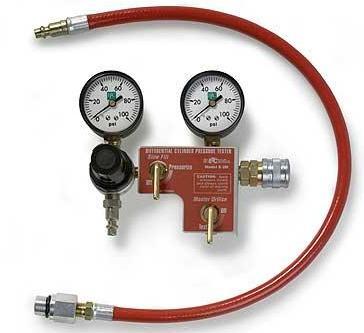
Differential Cylinder Pressure Tester Model E2M-1000 | Aircraft Spruce
Differential Cylinder Pressure Tester Model E2M-1000 The Differential Cylinder Pressure Testers quickly locate worn and cracked rings, defective intake and exhaust valves, scored and cracked cylinders, leaky head gaskets, and worn and strip
Some useful links on DC testing:
Attachments
Look for used name-brand testers. Its what I would usually recommend to my customers if they wanted to pick one up at a reduced rate. Check ebay, etc. or ask around your local airports to see if a mechanic has an older one in the back of his tool box he wants to gid rid off? Regardless, I'd look for sales on new ones as they really are not that expensive for what they do in the big picture. Just be sure it uses an .040" internal orifice for your engine.Is there a good-value compression tester equivalent to the ATS 2EM?
FYI: the master orifice simply sets the minimum acceptable pressure for that day and time regardless the engine size. And technically there is nothing that prevents you from using it with your Lycoming either.For that small of a engine you do not need or can use one with master orifice, IMO.
Dan Thomas
Touchdown! Greaser!
- Joined
- Jun 16, 2008
- Messages
- 10,765
- Display Name
Display name:
Dan Thomas
Yes. That Master Orifice is Continental's idea. When I retired I was working at an airport at just over 1100 feet. On a typical day the master orifice would check at around 43 PSI. Lower if the temperature was warmer, higher if cold. Air density affects it, which is one reason why Continental specified the use of the orifice, to tune out differences caused by temperature, humidity, and altitude.FYI: the master orifice simply sets the minimum acceptable pressure for that day and time regardless the engine size. And technically there is nothing that prevents you from using it with your Lycoming either.
But 43 psi is a really low reading. Never found an engine that bad, not even a Continental. In a Lycoming it would mean there's something pretty wrong with the engine, like worn-out or broken rings, or an exhaust valve that's near failure. One can listen at the oil filler, exhaust and intake to see where the leak is.
I never tolerated any reading below 60.
I thought I was the only one silly enough to make my own compression tester.I built my own. It has a squeeze-lever arrangement that controls the pressure, and a quick-release valve. I run the pressure up to 80 and read the result on the lower gauge. There is an orifice between the two, a hole .040" in diameter, .250" long, and with 60°approach angles at each end. Not incidentally, this is the same definition of the master orifice.
Klaus M
Pre-takeoff checklist
I found that no matter which differential compression gauge used just always use the same one on the same engine. If you use a different gauge each year you may get readings that are all different from the previous year. When looking through log books the compression numbers jump around a lot. The same gauge year after year will give basically the same numbers unless a cylinder creates a problem.
Stewartb
Final Approach
A small bore tester from ATS is about $100. Not very expensive in the aviation world. If you want it with a master orifice built in it’s about $140.
Kevin Holbrook
Pre-takeoff checklist
- Joined
- Jan 20, 2019
- Messages
- 148
- Display Name
Display name:
Mountainlover
DIY from Kitplanes Magazine:
Homemade compression tester
Or convert a Harbor Freight one (article title says leak-down but it is differential tester):
Build your own leak-down tester
Homemade compression tester
Or convert a Harbor Freight one (article title says leak-down but it is differential tester):
Build your own leak-down tester
Yes, as far as aviation monetary units go, it's not that bad. As my post mentioned, I just wanted to make sure there weren't some other brands out there that provided the same functionality; seems like not a lot of options!A small bore tester from ATS is about $100. Not very expensive in the aviation world. If you want it with a master orifice built in it’s about $140.
Sound advice; makes sense.I found that no matter which differential compression gauge used just always use the same one on the same engine. If you use a different gauge each year you may get readings that are all different from the previous year. When looking through log books the compression numbers jump around a lot. The same gauge year after year will give basically the same numbers unless a cylinder creates a problem.
Thank You for enclosing the PDFs. I had the TCM SB03-03, but appreciate the Cessna Owner publication.I have the one above, though it was cheaper 20 years ago. Master orifice is good to have. Might be cheaper elsewhere.
Differential Cylinder Pressure Tester Model E2M-1000 | Aircraft Spruce
Differential Cylinder Pressure Tester Model E2M-1000 The Differential Cylinder Pressure Testers quickly locate worn and cracked rings, defective intake and exhaust valves, scored and cracked cylinders, leaky head gaskets, and worn and stripwww.aircraftspruce.com
Some useful links on DC testing:
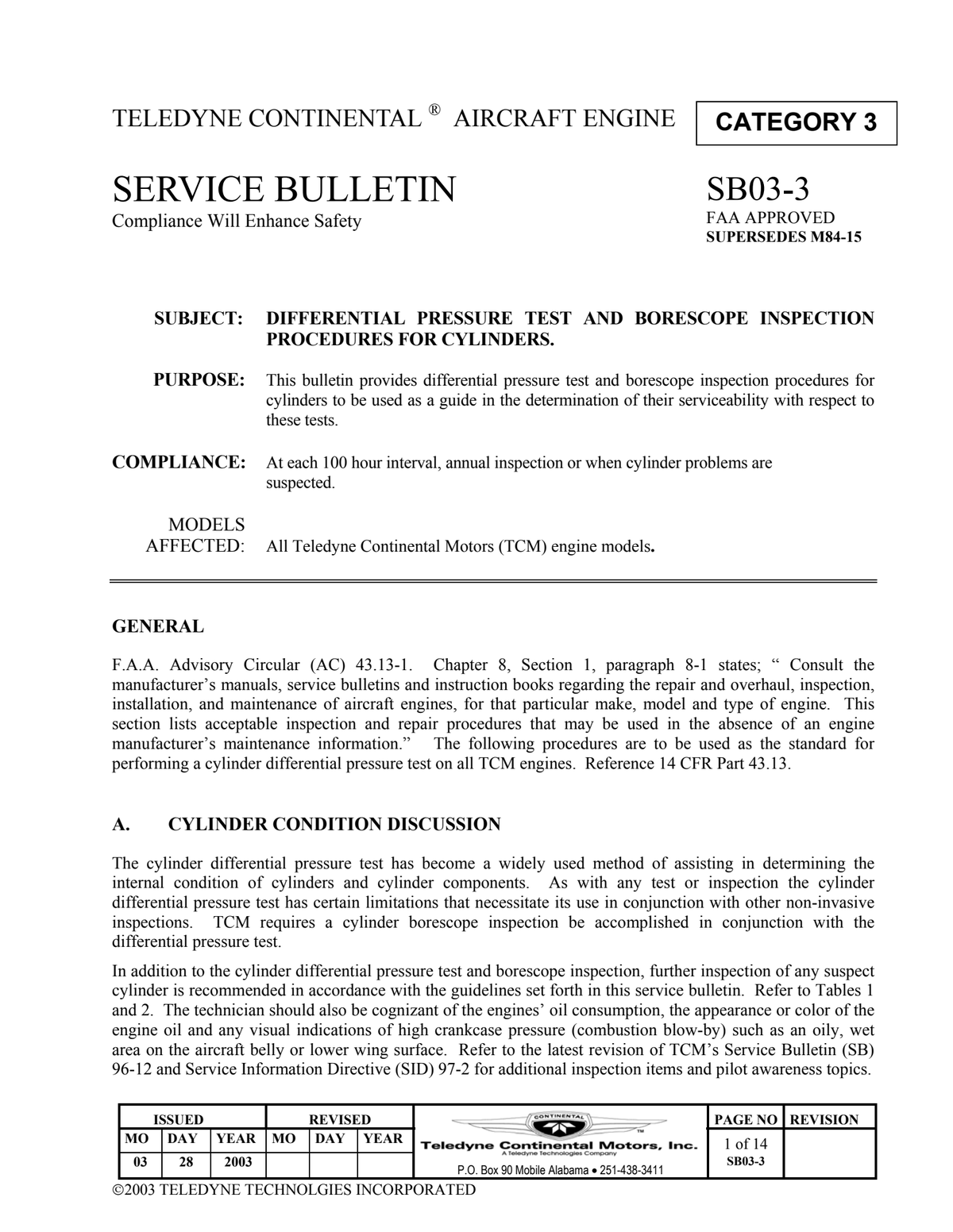
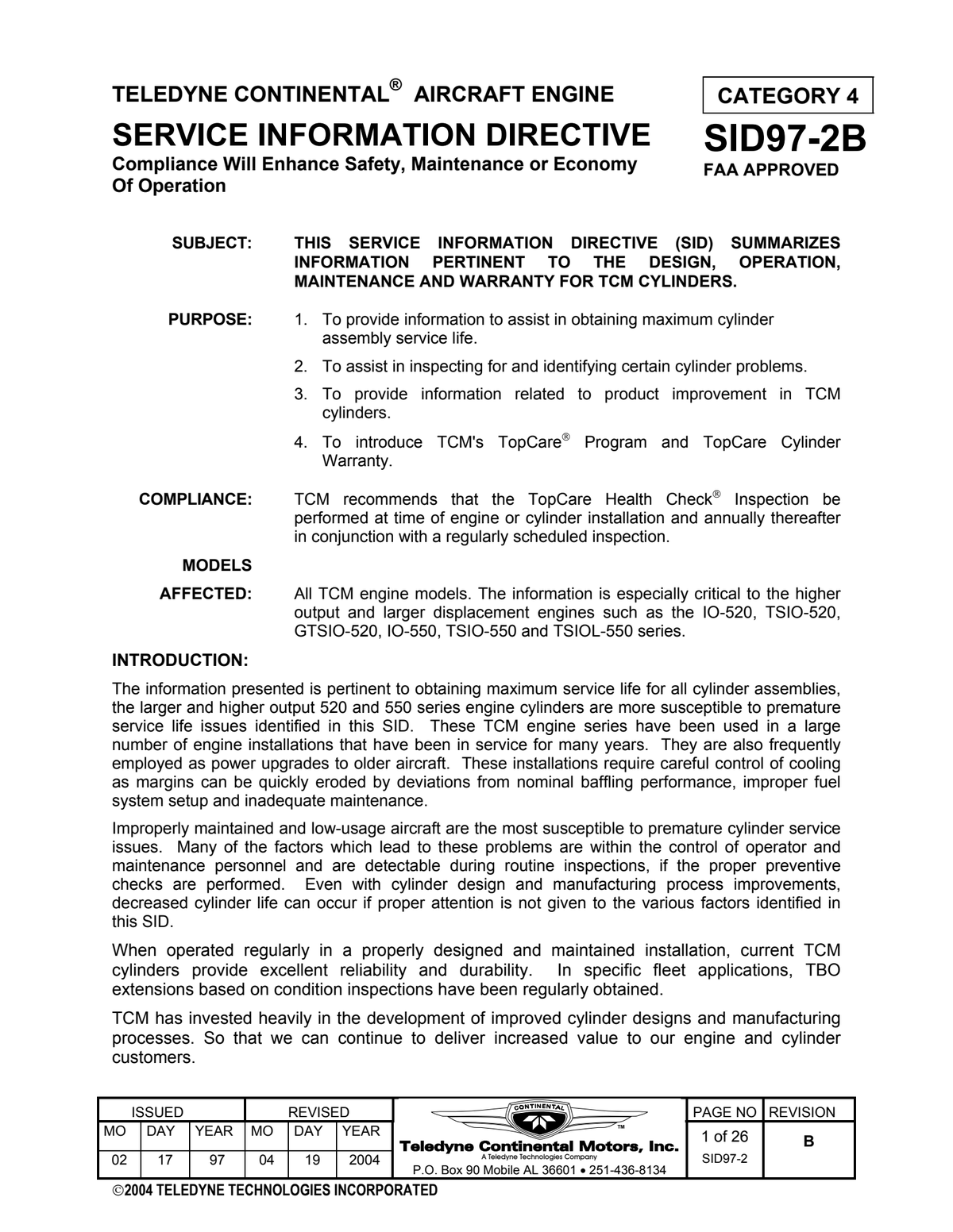
Good ideas; Thanks for sharing; These will be filed away.DIY from Kitplanes Magazine:
Homemade compression tester
Or convert a Harbor Freight one (article title says leak-down but it is differential tester):
Build your own leak-down tester
